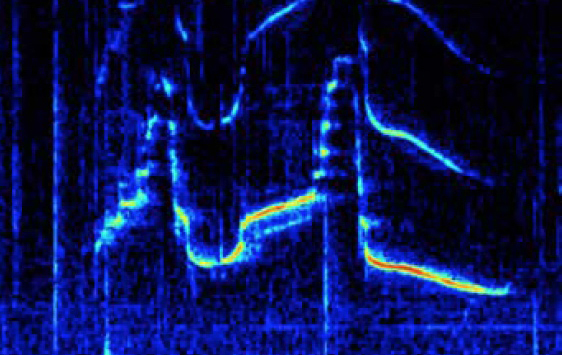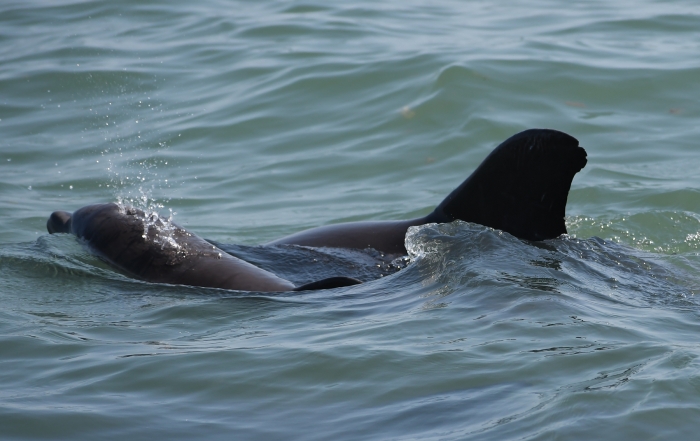
The Sarasota Dolphin Research Program:
Our Approach to Helping Dolphins
Our Approach to Helping Dolphins
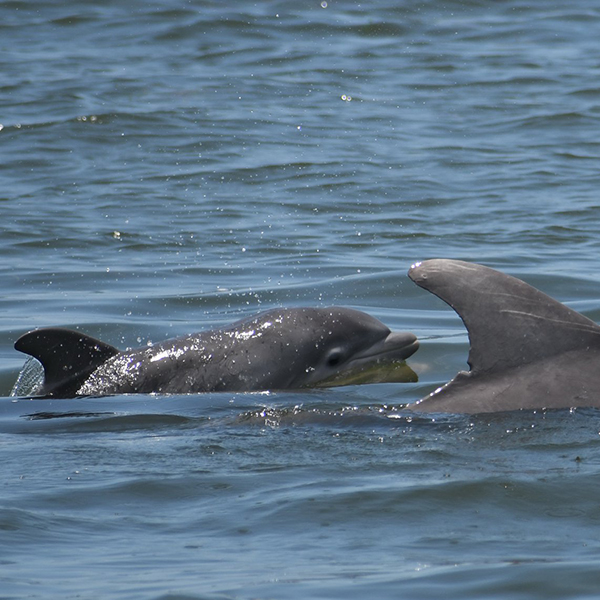
We conduct the longest-running study of a wild dolphin population in the world and have been learning about the daily lives and threats to the dolphins of Sarasota Bay, Florida, since our program began in October 1970.
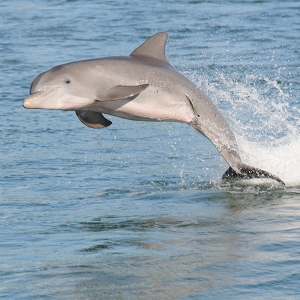
Today, we share our knowledge through national and international collaborations designed to help conserve wild dolphin populations — not just in Florida and in the U.S., but throughout the world.
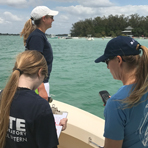
Our goal with every research and conservation project that we undertake locally, nationally and internationally is to contribute to a better understanding of the structure and dynamics of dolphin, whale, and porpoise populations, as well as the natural and human-induced factors that impact them.
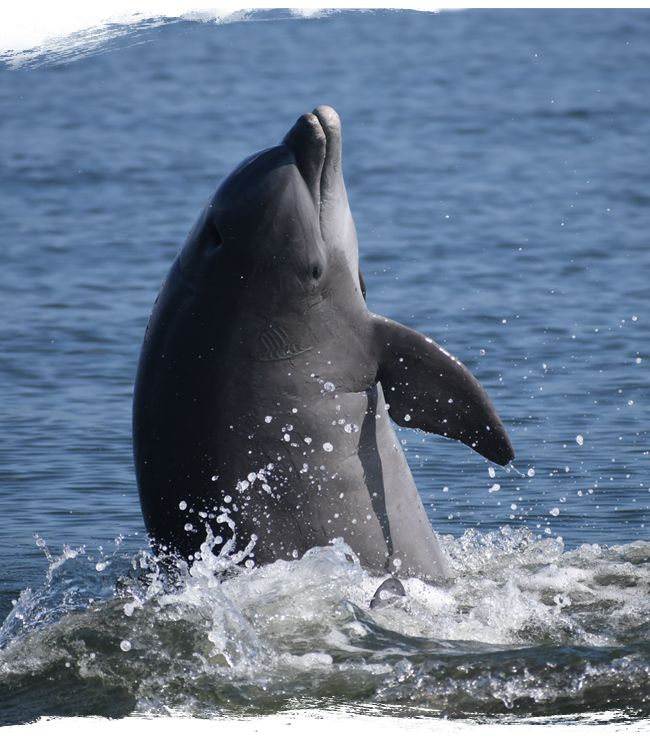
UNCOVERING
THE SECRET LIVES OF
DOLPHINS
We’ve documented six generations of dolphins in Sarasota Bay, including the oldest-known wild dolphin in the world. Nicklo lived to age 67.
50-plus years of study has given us an unparalleled window into the world of wild dolphins. Our home base, Sarasota Bay, Florida, is a unique natural laboratory where we have spent a half-century studying their lives — we know their lineages, their companions, their favorite hangouts and even their eating habits. We’ve borne witness to hundreds of dolphin births and been there to learn what we could from dolphin deaths.
These coastal dolphins are a permanent community — our neighbors — whose lives are helping us to understand dolphin populations throughout the world.
THREATS TO WILD
DOLPHINS
DOLPHINS
As top predators in their environments, dolphins face few natural threats. But locally and worldwide, they face numerous threats from anthropogenic — human induced — causes. One part of our mission is to help educate people like you on how you can help keep wild dolphins safe.
WHERE WE WORK
 Conservation or Research Project
Conservation or Research Project Graduate Student Theses
Graduate Student Theses Consulting/Advising
Consulting/Advising  Dolphin Tracking
Dolphin Tracking
FEATURES
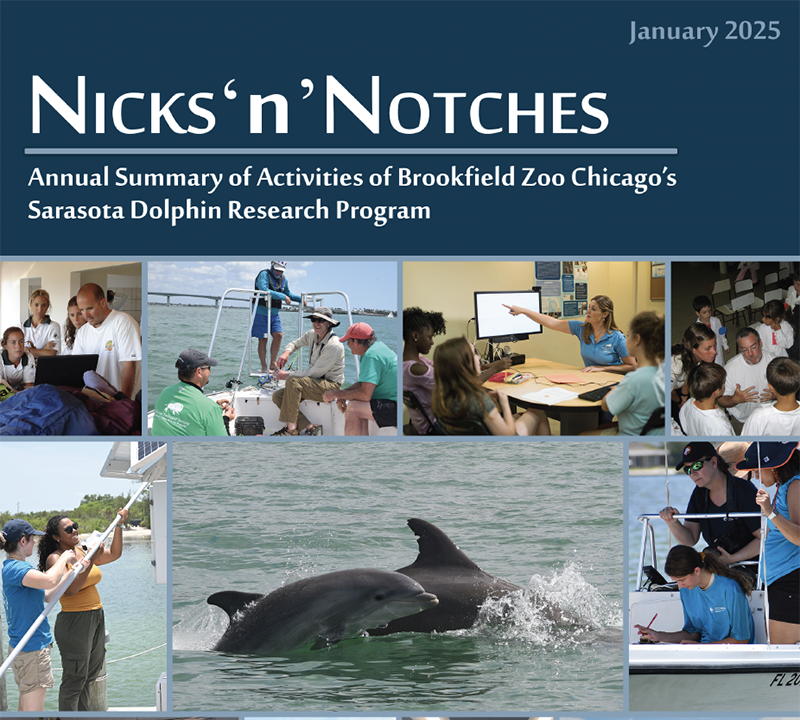
Measuring Dolphin Hearing
Researchers test dolphins' hearing using using auditory evoked potentials, or AEPs. During testing, sensors are placed on an animal’s
Dolphins Have Names
Did you know that bottlenose dolphins develop individually distinctive signature whistles that they use to maintain group cohesion? Unlike
Listening to Sarasota Bay Dolphins
Dolphin F197 with her fourth calf, 1974. Several members of F197's family like to swim near the Cortez PAL
Be Dolphin Safe
You can prevent injuries to dolphins and other sea life simply by following these best practices: Don’t feed wild
Human Activities Claim Three Sarasota Dolphin Lives
Over just 2 weeks in August, we lost three Sarasota Bay resident dolphins. Our Director, Dr. Randy Wells penned
Join Our Marine Debris Team
One of the simplest ways to help wild dolphins — and all other marine life — is to make
Notes from the Field
Work in the field and lab has continued for us this summer, albeit in a socially distant fashion as
